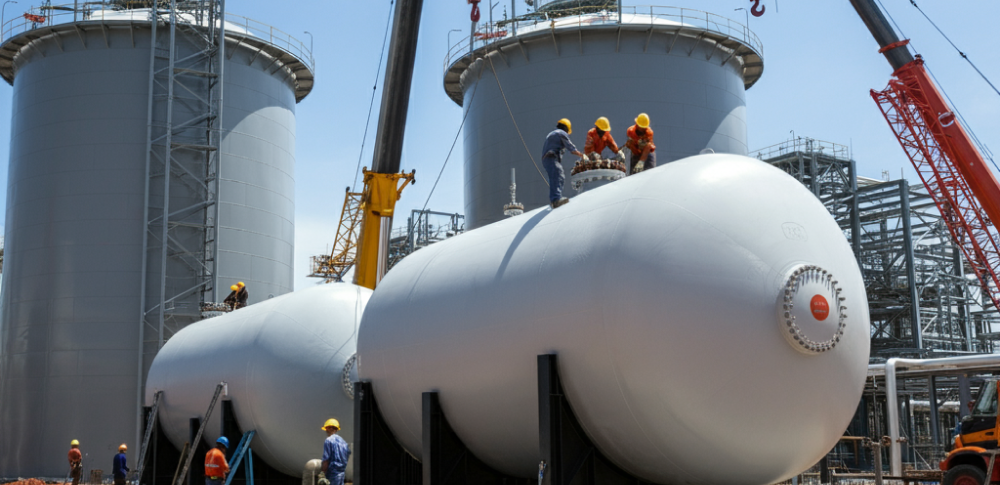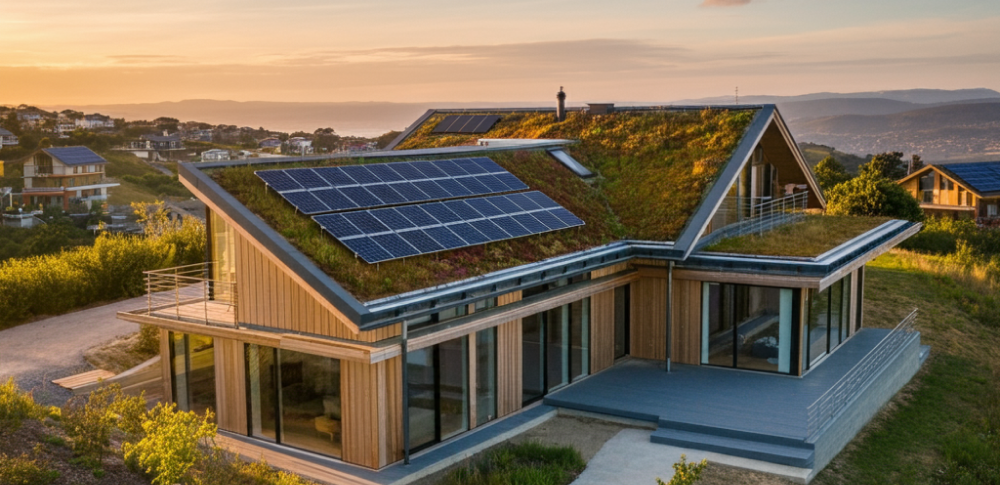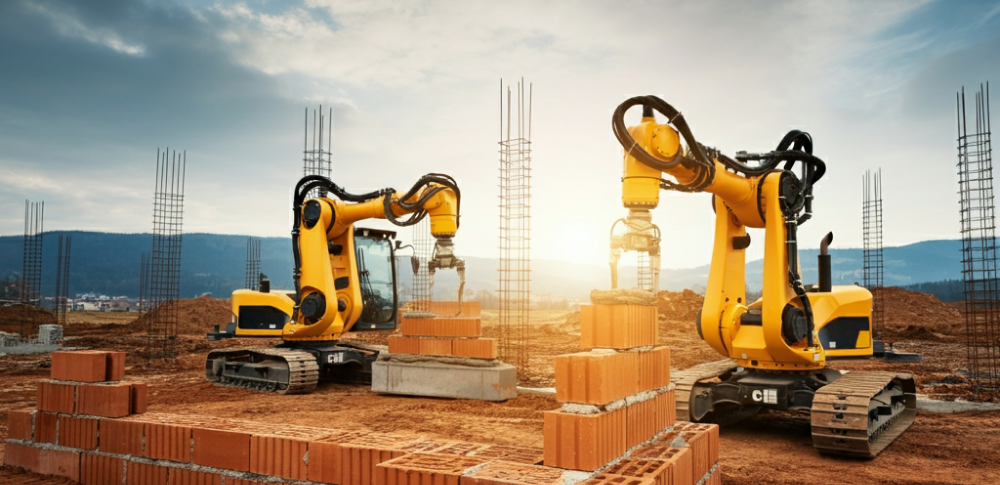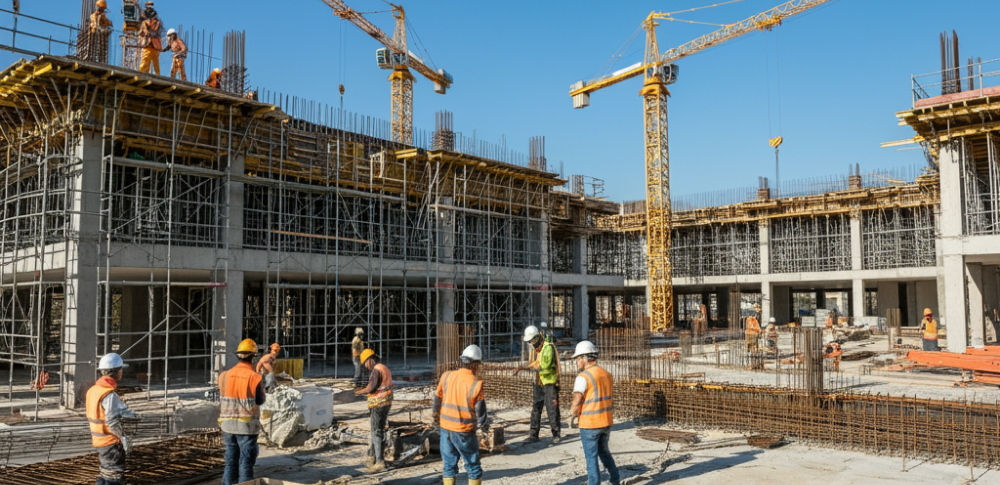The construction industry, historically slow to adopt new technologies, is now undergoing a major transformation. From the use of drones for surveying to the integration of artificial intelligence (AI) for project management, technology is reshaping how projects are designed, managed, and executed. These innovations are driving efficiency, reducing costs, and enhancing safety, ultimately leading to more sustainable, high-quality, and faster construction processes. In this blog post, we’ll explore the key technologies that are revolutionizing the construction industry.
1. Building Information Modeling (BIM)
One of the most significant technological advancements in construction is the rise of Building Information Modeling (BIM). BIM is a digital representation of a building’s physical and functional characteristics. It allows architects, engineers, and contractors to collaborate in a shared 3D model, providing a clearer picture of the design and potential issues before construction begins.
By using BIM, project teams can detect clashes in the design early on, preventing costly errors and delays during construction. BIM also enables real-time updates, ensuring that all stakeholders are working from the most current version of the plan, streamlining communication, and improving overall project coordination. This tool not only enhances project efficiency but also improves accuracy and transparency, contributing to better resource management and decision-making.
2. Drones for Surveying and Monitoring
Drones are becoming a common tool on construction sites, particularly for surveying and monitoring. Drones equipped with high-resolution cameras and GPS systems can quickly capture detailed images of the construction site, providing real-time data to project managers.
Surveying with drones allows for faster and more accurate measurements compared to traditional methods, reducing the time spent on-site and minimizing human error. Additionally, drones are invaluable for monitoring ongoing projects. They can track progress, assess site conditions, and identify potential safety hazards, all without the need for workers to be physically present in dangerous areas. This ability to conduct aerial surveys and gather data remotely enhances both efficiency and safety on the job site.
3. 3D Printing
3D printing is another game-changing technology in the construction industry. This process, also known as additive manufacturing, involves creating building components or entire structures layer by layer using materials such as concrete, plastic, or metal.
3D printing allows for the rapid prototyping of custom construction components and even the creation of entire buildings, all with minimal waste. The technology can be particularly beneficial for creating affordable housing in developing regions or for building intricate designs that would be costly or difficult with traditional methods. Additionally, 3D printing can drastically reduce construction timelines and labor costs, making projects more cost-effective. As the technology advances, it holds the potential to revolutionize how buildings are constructed, offering endless possibilities for sustainable and creative designs.
4. Augmented Reality (AR) and Virtual Reality (VR)
Augmented Reality (AR) and Virtual Reality (VR) are making a significant impact on the construction industry, particularly in design and training. These immersive technologies allow designers, architects, and clients to visualize projects before they are built, ensuring that the final result meets expectations.
In AR, digital elements are overlaid onto the real world, helping project managers to visualize building elements, make decisions in real-time, and improve collaboration on-site. For example, workers can use AR glasses to receive real-time data or instructions, enhancing productivity and minimizing errors.
On the other hand, VR provides a fully immersive experience, enabling clients and stakeholders to take virtual tours of a project before construction begins. This helps in identifying design flaws or improvements and ensures that all parties are on the same page. Additionally, VR is increasingly used for safety training, where workers can experience hazardous situations in a controlled environment without risk, improving safety awareness and preparedness.
5. Artificial Intelligence (AI) and Machine Learning
Artificial Intelligence (AI) and machine learning are rapidly becoming integral parts of the construction industry. AI can optimize project schedules, predict risks, and analyze vast amounts of data to offer insights into project performance.
For example, AI-powered project management software can analyze past projects and provide recommendations for optimizing timelines, budget allocations, and resource management. Machine learning algorithms can process data from past projects to predict potential risks, such as delays, cost overruns, or safety concerns, enabling teams to proactively address issues before they arise.
AI can also enhance construction equipment, such as self-driving bulldozers and excavators, which can perform tasks autonomously. This reduces human labor costs, increases precision, and minimizes the risk of accidents, contributing to a more efficient and safer work environment.
6. Robotics and Automation
Robotics and automation are beginning to transform construction sites by performing repetitive tasks with greater speed and precision. Robots are now used for tasks such as bricklaying, painting, welding, and even demolition.
Automated equipment can work tirelessly around the clock, improving productivity and reducing the physical strain on workers. For example, robotic arms can lay bricks faster and more consistently than humans, cutting down on time and reducing the risk of human error. Automated machinery also improves safety by taking on hazardous tasks that would typically expose workers to danger.
7. Smart Materials and Sensors
Smart materials and sensors are enhancing the durability, energy efficiency, and sustainability of buildings. These materials are capable of responding to external factors like temperature, pressure, or humidity. For instance, smart glass adjusts its tint based on sunlight, helping to regulate indoor temperatures and reduce energy costs.
Sensors embedded in construction materials can provide real-time data about the building’s health, monitoring factors such as structural integrity, temperature, or moisture levels. This data can be used to detect potential issues early, allowing for preventative maintenance and extending the life of the building.
Technology is fundamentally changing the construction industry, making it more efficient, safe, and sustainable. Innovations like BIM, drones, 3D printing, and AI are streamlining workflows, improving collaboration, and enabling faster, more accurate project delivery. As these technologies continue to evolve, they promise to further transform the way buildings are designed, constructed, and maintained, creating a smarter, more innovative construction future.
Construction companies that embrace these technological advancements will not only improve their operational efficiency but will also be able to deliver higher-quality projects that meet the demands of modern society. The future of construction is here, and technology is leading the way.





